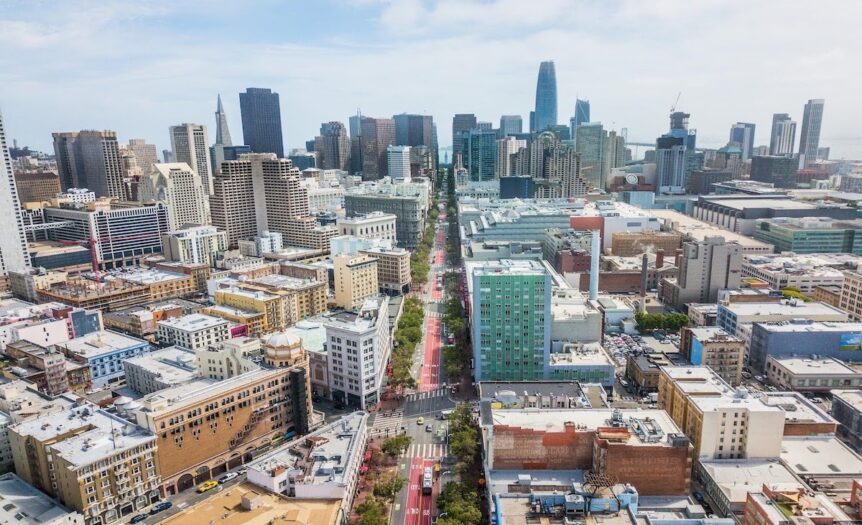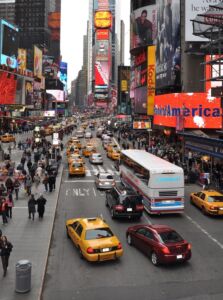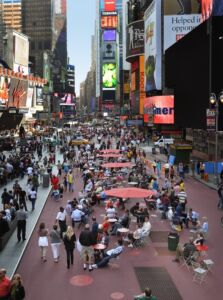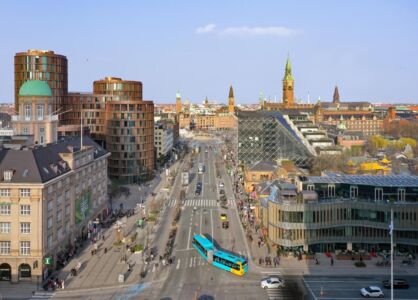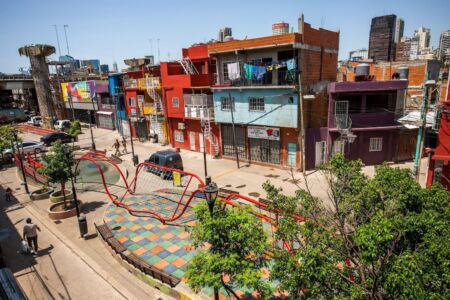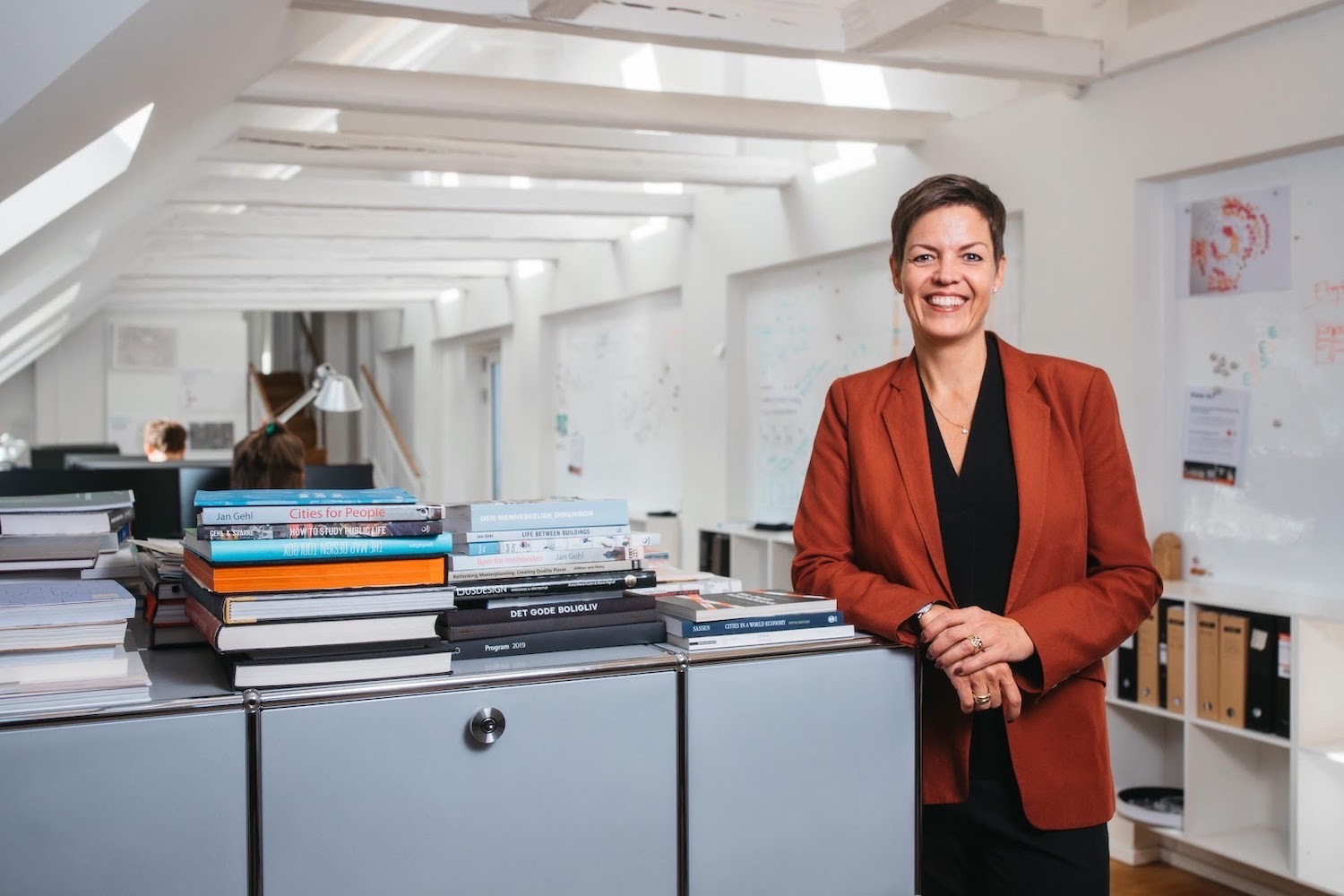According to Helle Søholt, co-founder of the Danish company Gehl, urban planners are at a crossroads
Founded in 2000, Gehl is a pioneering urban strategy and design consultancy based in Copenhagen. Gehl focuses on creating sustainable, inclusive cities that improve the quality of life for people around the world. Helle Søholt, CEO e founding partner, is invited in Torino in the new edition of the festival Utopian Hours.
As I prepare to speak at the Utopian Hours conference in Turin next week, I find myself reflecting on the trajectory we, as urbanists, are on. Are we truly paving the way for cities of the future that respect both human life and the planet’s limits? This is not a rhetorical question, but one that must be answered with great care and urgency, given the world we are shaping.
At Gehl, our mission has always been clear: to create cities for people, centered around their needs, well-being, and daily lives. From our earliest work observing how people interact with public spaces, we have focused on the human dimension in urban planning, crafting environments that encourage connection, vitality, and accessibility. But today, as we stand at a critical crossroads, we must ask: Is this enough? Can we merely continue to improve certain elements within the urban systems we already have, or are more radical forms of collaboration and compatibility across sectors needed to address the profound challenges facing our cities?
We know that cities are at the heart of the climate emergency. They are engines of both opportunity and consumption, producing vast amounts of emissions while offering solutions that could lead us toward a more sustainable future. Yet, the complexities of modern urban life—rising inequality, worsening health outcomes, the ongoing pandemic—all point to a future that demands more than incremental improvements. As urbanists, we must confront the uncomfortable truth: our current systems, designed for past needs, may no longer serve the future we want to build.
One clear example is the growing adoption of electric vehicles across Europe. On the surface, this transition seems like a positive step, addressing the air pollution and noise created by traditional combustion engines. And to an extent, it is. Electric vehicles contribute to cleaner air, quieter streets, and less reliance on fossil fuels. However, we cannot ignore that this shift still perpetuates a familiar cycle—investment in road infrastructure, rising demand for private car ownership, and in many cases, a reduced demand on public transportation systems. This model, while improved, still supports a dispersed, car-dependent urban form that undermines efforts to foster vibrant, walkable neighborhoods and diminishes the value of many a public space.
Efficiency gains alone, like the adoption of electric vehicles, may improve specific metrics, but they will not lead us toward the sustainable cities we need. These solutions do not challenge the deeper cultural and structural dependencies that we have developed over decades of prioritizing personal mobility over collective transit. If we are to truly align urban life with the planet’s ecological boundaries, we must go beyond these surface-level improvements. We must reimagine how we move, consume, and interact in urban spaces, and promote the solutions that prioritize collective well-being and the health of the planet over perceived convenience and efficiency.
So what is a climate aligned approach?
A climate-aligned approach to urban life means fundamentally shifting our investments, demands, behaviours, and dependencies. Imagine cities where public transport, walking, and cycling are the default choices, where public spaces are abundant and tailored for human interaction, and where the focus is on local economies that reduce the need for long-distance travel. This shift would create a new cycle of positive reinforcements—more investment in social infrastructure, less dependency on personal vehicles, and a greater sense of shared responsibility for the urban environment. In doing so, we move beyond the question of “what’s sufficient” and instead rally around urban systems that can provide genuine personal agency in ways that are inherently ecologically balanced.
This is the vision I bring to the Utopian Hours festival. It is also the challenge we set for ourselves at Gehl, as we seek to evolve our people-first approach to one that more deeply engages with the climate crisis. Our work has always been rooted in the understanding that cities must serve the needs of the people who live in them. Now, we must ensure that these needs are balanced with the finite resources of our planet.
It is particularly fitting that we return to Italy for this discussion, the place where co-founder Jan Gehl pioneered his people-first research on the steps of Siena’s plaza. Here, in Italy, we again look to the future—how we can reimagine urban life in a way that not only sustains us but allows us to flourish within the boundaries of our planet.
Immagine copertina: Market Street, San Francisco, California (© Diane Bentley Raymond)

